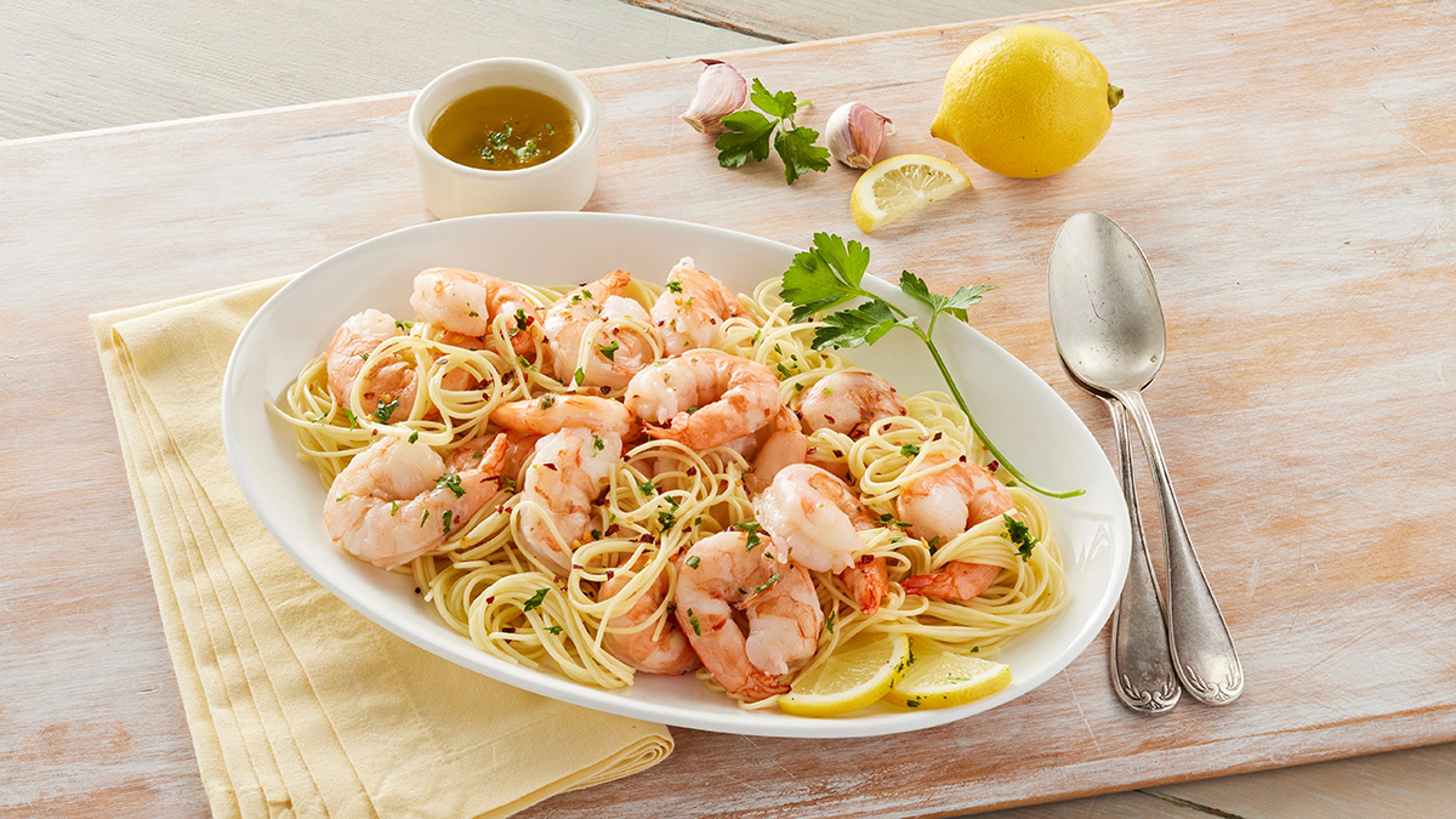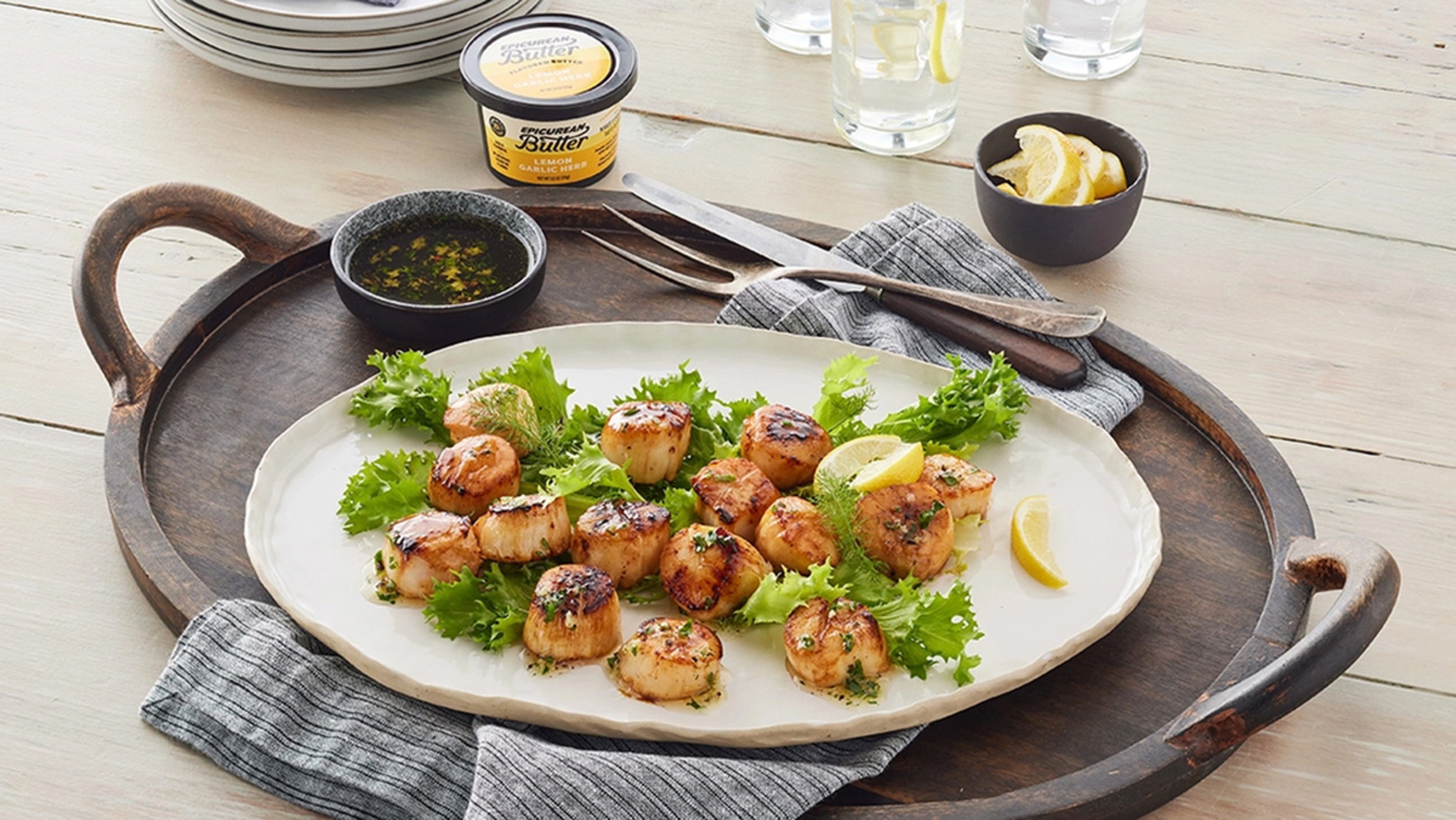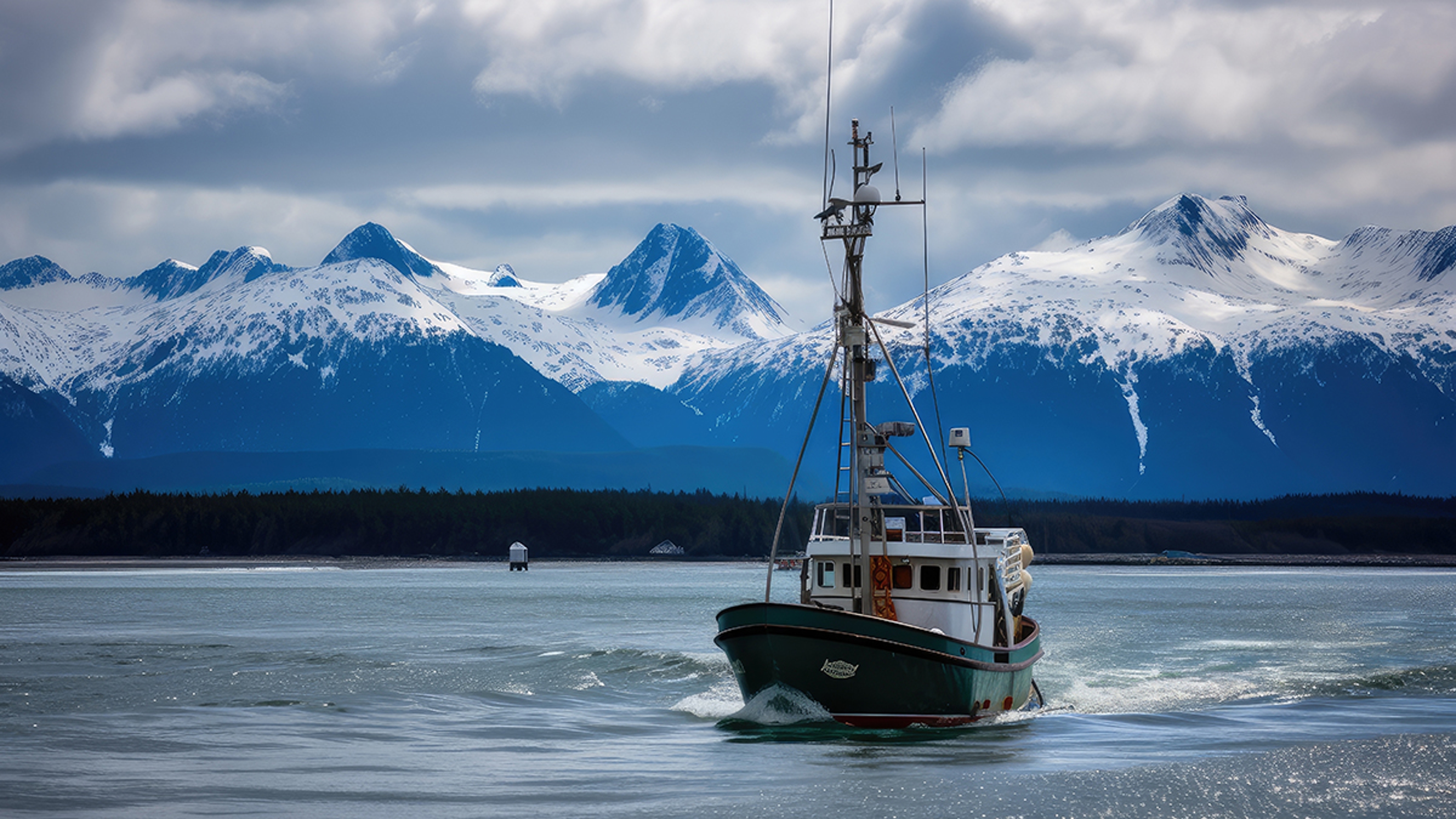Top Tips for Selecting and Cooking Shrimp
Shrimp, America's most popular seafood, offers taste, nutrition and environmental benefits.
Feb 28, 2025
As the most popular seafood in the United States, one might argue that shrimp — while delicious — isn't terribly fascinating.
But as with raindrops and roses and other ubiquitous favorite things, a song of praise is due for this seemingly common comestible, along with a closer look.
Trust us: Shrimp is remarkable in nearly every way, especially if you get good ones. More on that in a bit.
They're everywhere
As Paul Greenberg, the author of Four Fish, American Catch, and The Omega Principle, said, “Shrimp breed like crazy and grow like bugs wherever there's wetlands."
A category that includes some 2,000 species, shrimp can be found in all oceans — in both shallow and deep water. They like to stay on the bottom, on the seafloor of coasts and estuaries, and in the muddy or sandy beds of freshwater rivers and lakes.
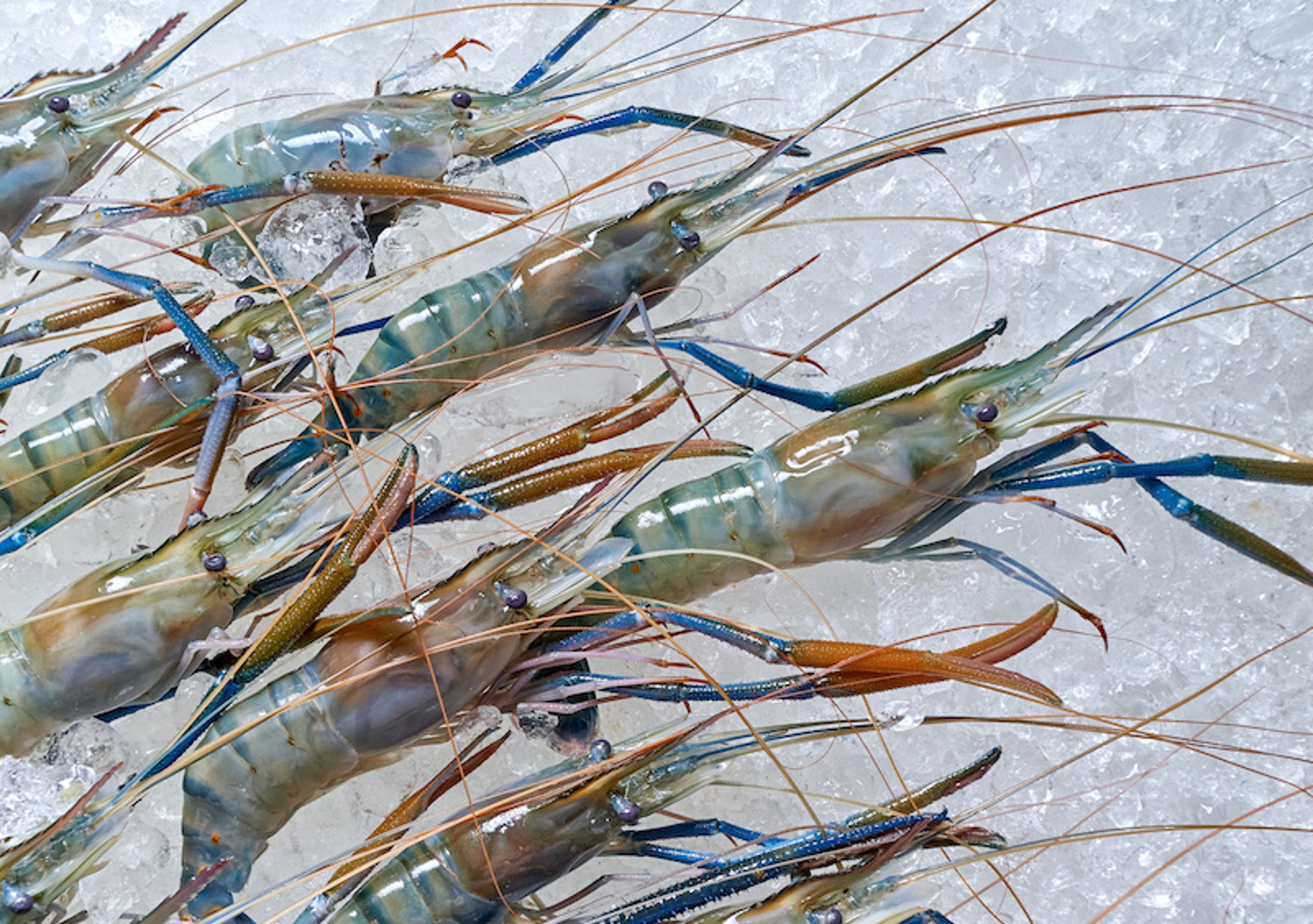
They have semitransparent bodies, ranging in size from tiny to eight inches (some restaurants may call large shrimp "prawns," but they're two different types of shellfish). Shrimp also have a special talent: They swim backwards by rapidly and repeatedly pulling their abdomens toward the hard upper shell, something like humans doing crunches. One shrimp makes a shrimpy effect, but collectively, the activity of trillions of tiny brine shrimp may influence ocean movements.
They're good for you
You'll be pleased to know that seafood is a nutritious and lean protein. More importantly, like other seafoods, it's a rich source of the omega-3 fatty acids DHA and EPA, which have been linked to numerous health benefits.
The official dietary guidelines urge Americans to eat more seafood, and shrimp get top ratings.
Shrimp, rather low on the seafood chain, isn't a mercury risk. The Food and Drug Administration (FDA) suggests that pregnant and breastfeeding women eat two to three servings a week of seafood from its "Best Choices" list, which includes shrimp. The agency states seafood "can help your baby's cognitive development" by providing key nutrients, including iodine.
A good shrimp is hard to find
There's a caveat here: The quality of your shrimp meal matters. Some 90% of shrimp sold stateside is imported. Sadly, a package sold as "wild" or "Gulf" shrimp could easily contain farmed shrimp from foreign ponds. This was even true of shrimp described as "local" in North Carolina. Much seafood is mislabeled.
It matters, because shrimp farms vary dramatically. Much of the farmed shrimp in a U.S. market comes from countries without much government oversight, where small, family-run operations are hard to track. Farmers can use antibiotics to prevent disease in overcrowded conditions. Also, some 20 species of shrimp are sold, from around the world, each possibly farmed in more than one way.
To navigate it all without a shrimp Ph.D., savvy buyers rely on nonprofit watchdogs and sellers committed to sustainable wild-stock fishing, which, of course, includes Vital Choice.
The most common shrimp sold, technically known as “whiteleg shrimp," is rated by the Monterey Bay Aquarium Seafood Watch program as a "Best Choice" if it comes from U.S. ponds.
The Seafood Watch gives a "Good Alternative" rating to selected wild-caught shrimp, including:
- Blue shrimp harvested with specialized "suripera" nets in the Gulf of California, off Mexico. This method produces the lowest bycatch and uses the least amount of fuel per pound, and we insist on fair conditions for workers.
- Wild Pacific spot prawns from Alaska, caught using pots (ours are frozen onboard and come to you cleaned and uncooked, with only the heads removed).
- Pink shrimp, also called "ocean shrimp," is acceptable if it is certified by the Marine Stewardship Council as harvested with otter trawls. This method also significantly cuts the bycatch. Ours comes wild-caught from the coast of Oregon.
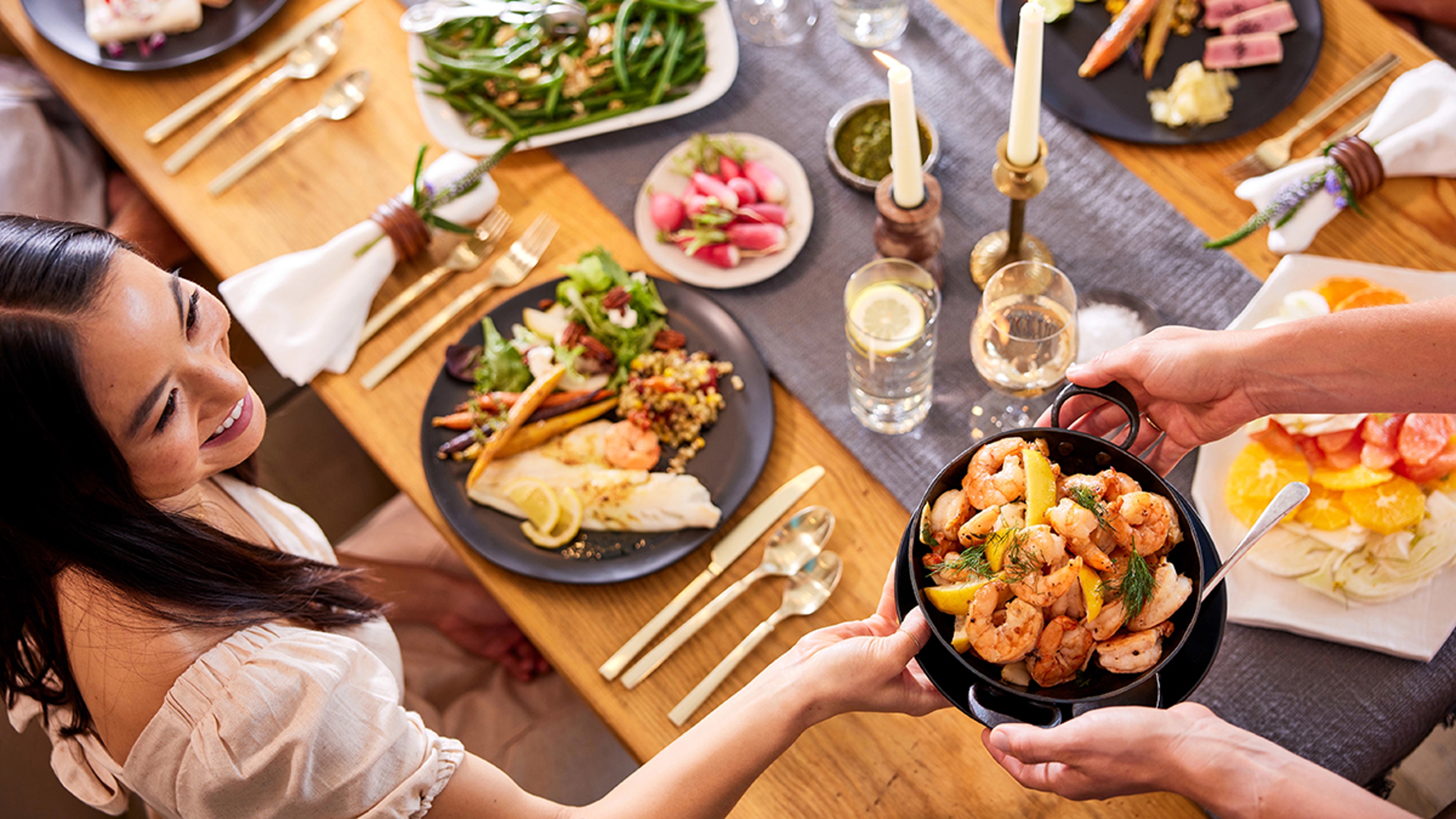
Preparing shrimp
Start by skipping the plastic "shrimp ring" at the supermarket. If you'd like to serve shrimp cocktail, you can poach (not boil) your shrimp yourself.
It's easy to make shrimp, and quickly. In hot water or sauce, medium-size shrimp turn opaque within three minutes and are done. Let them "turn pink all over," to quote food writer Melissa Clark, "but not until their bodies curl into rounds with the texture of tires."
You can air-fry shrimp or bake them as well. The challenge is choosing among the zillions of options for shrimp dishes. Of course, any coastal cuisine has options.
Personally, I'm a fan of shrimp salad layered with bacon, lettuce, and tomato on rye toast. Use a light mayonnaise dressing so it doesn't mask the sweet, delicate taste of the shrimp. Consider adding red onion, celery, fresh lemon juice, Dijon mustard, dill or parsley, and salt and pepper, ideally with homemade mayonnaise.
Southern shrimp and grits, sometimes called "breakfast shrimp," isn't delicate. It's hearty enough to hold folks well past lunch, especially if you include bacon and cheddar cheese.
For a classic on the lighter side, in 15 minutes you can whip up a garlic, white wine, and butter sauce that will make any pile of pasta or crusty bread festive. Sauté your shrimp in the sauce (not too long!) — and voilà, you've made shrimp scampi.
There is, in short, no boring seafood, and shrimp are fascinating fellows well worth getting to know.

